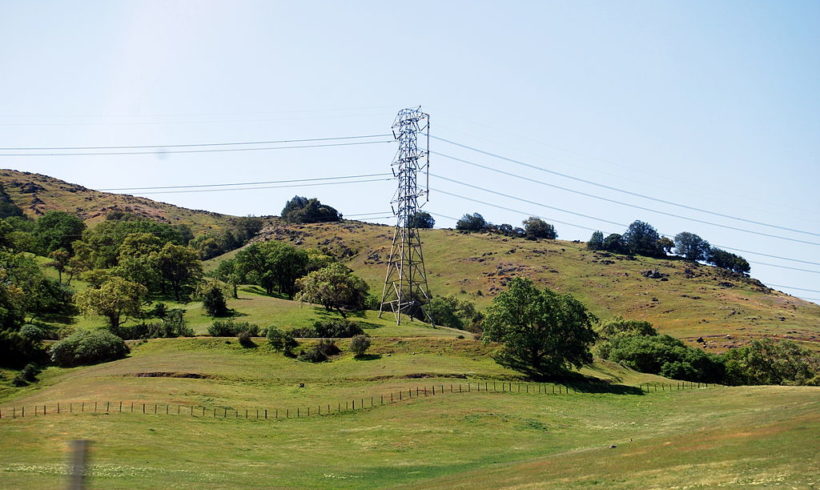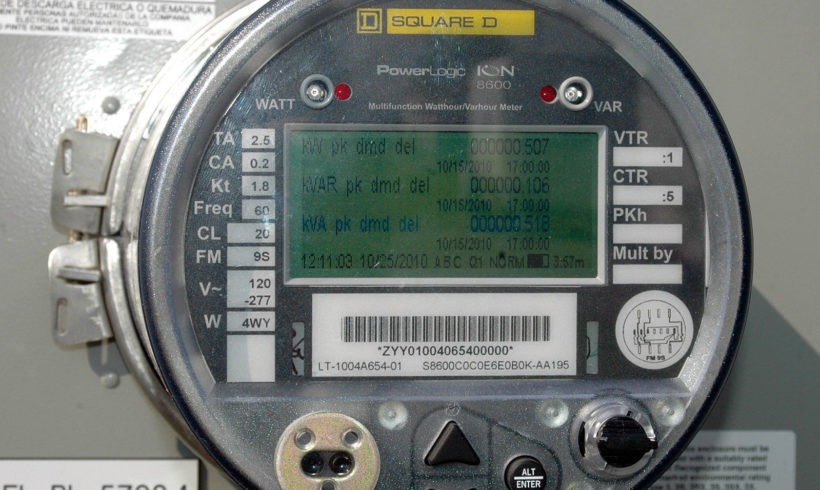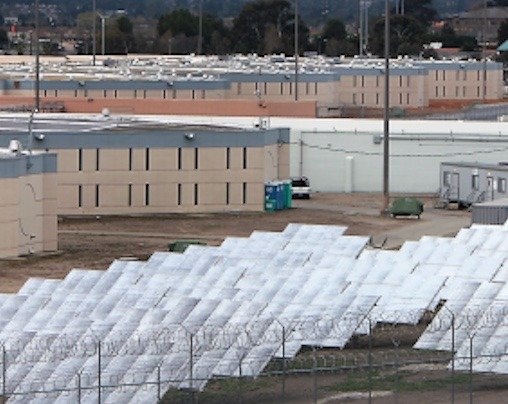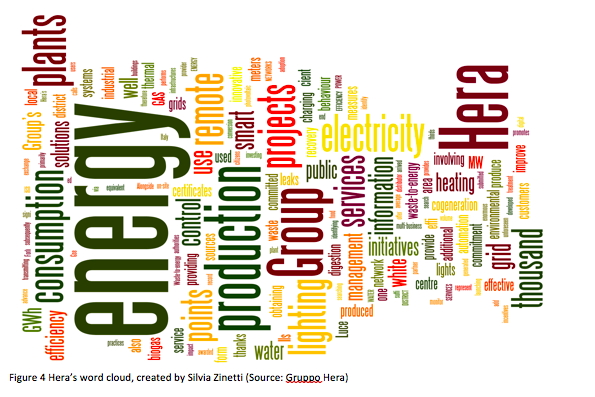Hera’s strategic drivers are innovation, efficiency, growth, excellence, and agility. Sustainability has been at the center of the business strategy since its establishment. In 2016, the company decided to move forward to take an active role in the 2030 Agenda for Sustainable Development of the United Nations and its 17 Sustainable Development Goals (SDG)
Archive for category: Utilities

The Decentralization and Democratization of Energy
There are many current challenges in the energy sector. The sector is adapting to increased demand for sustainable energy and balancing new renewable sources with the current loads of the users connected to the grid. The generation of energy by renewables such as wind and solar at industrial scale is not the only challenge the utilities need to find a sustainable way to implement but also how to feed the electricity created by distributed generation and prosumers onto the grid.

The Source of the Icelandic Energy Transition from Carbon to 100% Renewable
Landsvirkjun, the National Power Company of Iceland, invites participants of CHARGE to a Magnet Networking Excursion to the Ljósafoss Power Plant. The excursion will serve as a grand finale of CHARGE 2018 on the 25th of September. After the conference programme concludes, participants will go straight to buses that will take them on an energy excursion like no other. Participants will travel outside of Reykjavik through the iconic Icelandic landscape to the powerplant. At the power plant, Landsvirkjun will host a reception for participants at the plant’s interactive energy exhibition space.

Energy Brands and Strategic Vision
By DR. FRIDRIK LARSEN Retail energy strategy is about finding the right positioning and implementing it. Energy company branding is not simple for energy providers,...

Solving for Water Security at the Source
Water funds are a collective investment vehicle in which stakeholders collaborate to implement nature-based source water protection. Downstream water users invest in upstream land and water management practices, compensating upstream land managers for restoration activities and better management of agricultural land. Rural landowners and communities can benefit economically from these investments as well. Mutual benefits are the hallmark of successful water funds.

Renewable integration strategies in regulated and deregulated electricity market structures
Electricity markets are complex compared to other markets such as transportation and physical commodities markets, as supply and demand are required to be matched in real time. In addition to this, mismatches in electricity load scheduling can lead to serious consequences such as blackouts. Due to its high social importance, in many countries, the electricity sector was previously owned and operated by state agencies. This has however changed, and many countries have restructured and deregulated their electricity markets. Regulated and deregulated electricity markets have their pros and cons in terms of consumer price, efficiency and environmental impacts. In this article, the case of United States is examined to compare the renewable integration strategies in these two different types of electricity markets. In the United States, the Northeast, Midwest, Texas and California have deregulated market structures while other parts have regulated markets. Currently, 24 states have a deregulated generation sector and 18 of them have deregulation at retail level also.

Measuring Up: Smart Meter Lessons from the UK
Smart meters—small, electronic devices that track and record energy consumption, and communicate information back to the electrical utility—can reduce energy use by empowering consumers with the ability to monitor energy use and make better choices. Smart meters are an upgrade to outdated analog meters because they automatically record information in real time, rather than requiring someone to manually record and transmit the collected data.
There are significant advantages to smart meters, both for utility companies and for energy consumers. Smart meters record electricity usage and provide real-time data that can help balance electricity usage while reducing the number of blackouts. They eliminate the need for cumbersome monthly meter readings. Smart meters also can enable dynamic pricing, meaning they can lower or raise the price of electricity in response to demand. In addition to enabling optimization of electricity distribution and reducing power outages and grid failures, smart meters can give consumers better and more detailed reports on energy use, and empower consumers to change their energy habits to reduce energy costs.

Leaders in Energy 2017 Year in Review
In 2017 Leaders in Energy continued to mature in its mission to build a community of leaders and a global action network to advance clean energy and sustainable solutions for a more sustainable energy system, economy, and world.
Our membership continued to grow in the Washington DC area, with 1,500 members on our mailing list, in addition to our LinkedIn group with over 2,900 members. We have a presence in most major U.S. metropolitan areas and over 100 countries.
Under the leadership of Executive Director Janine Finnell and our Board, Team Members and Advisors, the organization has provided important forums for clean energy and sustainability in the DC area, as well as nationally and globally. Our events last year came at a time of immense change and new threats, but also new opportunities to cement the transition to a green economy.

Microgrids reach a tipping point
Federal and local government and industry professionals discussed microgrid technologies and trends at a forum on October 19, 2017 at the Edison Electric Institute (EEI). The event was cohosted by Leaders in Energy and Resilient Virginia and sponsored by EEI, eSai LLC, and Microgrid Knowledge.
The utilization of microgrids plus battery storage is increasingly seen as the wave of the future to help ensure energy reliability and security in an age of intense weather events and cybersecurity threats.

Resilience in small packages
Cyberattacks, natural disasters, including flooding, snow and ice storms, droughts, in addition to aging infrastructure, and other factors all lead to vulnerability in a system faced with increasing demand. When one part of this complex system fails, as can happen when a storm knocks down a wire or pole, other parts are affected. Enter the microgrid—a local energy distribution system that offers backup generation if the central grid fails.
- 1
- 2


